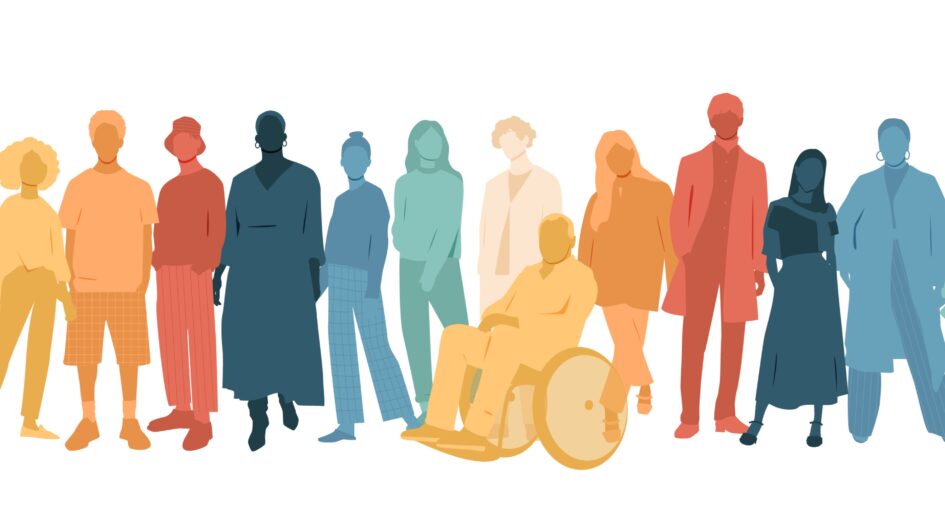“Housing” and “human rights” are two terms we often hear strung together, but rarely in a positive context. Discriminatory practices in the rental process have long been the subject of housing reports, whether it be the prevalence of racism in the tenant selection process or the lack of affordable housing available to residents in disadvantaged communities.
But the problem is bigger than housing; it extends to all facets of society—hence why the Ontario Human Rights Commission (OHRC) released its Human Rights-Based Approach (HRBA) Framework, a web-based educational tool to help users develop and deliver policy, program, and service initiatives that meet obligations under the Ontario Human Rights Code. From individuals to organizations, small business owners to large property managers, all citizens of Ontario are encouraged to refer to the guidelines as a means to identifying and eradicating systemic injustices that may or may not be overt.
“Understanding human rights obligations is the foundation for building policies and programs which meet the human rights of all Ontarians,” said OHRC Chief Commissioner Patricia DeGuire. “The new HRBA framework will help people understand their responsibilities and take human rights into consideration at every step of their planning and implementation.”
DeGuire calls it “a practical way to build a human rights culture in Ontario”—a culture she says should recognize the dignity and worth of every person and provide equal rights and opportunities without discrimination. For rental housing providers, the knowledge gained through the HRBA framework may be applied to multiple areas of business, including creating workplace policies that reflect the needs of a vast mix of employees.
“The purpose of the framework is to identify inequalities and remedy existing discriminatory practices and to encourage service providers to think differently about their procedural and substantive human rights obligations,” said Kristin A Ley, Partner at Cohen Highley LLP Lawyers.” It’s about building and implementing policies and programs that meet the human rights of all Ontarians.”
Fortunately, Ley says the HRBA framework is easy to navigate and shouldn’t be feared by prospective users. It applies a “human rights lens” to policy, program, and service planning in a way that mitigates discrimination by asking probing questions that educate and challenge individuals to think differently.
“Very little preparation is required by landlords prior to delving in,” she said. “The objective is to help people understand their responsibilities and take human rights into consideration at every step of planning and implementation.”
While such an involved planning process is likely to result in slightly lengthier processes for rental housing providers, Ley expects the end result won’t be more complicated—in fact, the knowledge gained through the framework is more likely to lead to smoother workplace operations with policies in accordance with what people want. For example: flex-hours.
“When implementing a new flex-time policy, employers may consider the needs of those with childcare obligations or those with religious observances,” Ley said. “Or, it may help inform recruitment policies, ensuring the company provides for widely accessible job ads and inclusive advertising for their vacant rental units.”
That said, while HRBA does offer a practical way to support organizations in meeting their human rights obligations, it does not replace legal advice where necessary.
“With proper implementation, the HRBA framework should help to positively shape the rental market in the future by ensuring that human rights obligations permeate the entire program and policy development cycle,” Ley concluded. “It can also help empower marginalized communities by supporting their participation in policy-development.”
Identifying and remedying discrimination
The OHRC calls on everyone in Ontario, including service providers and employers, to make use of this new tool to identify inequalities and remedy discriminatory practices. The HRBA framework can help users:
- Identify the human rights context of the organizational policies and programs in development.
- Save time and effort by considering every aspect of a project at the planning stage, rather than after it has been implemented.
- Work with impacted communities to develop appropriate engagement processes.
- Conduct research and analysis to consider and reflect human rights obligations.
- Capture evidence-based research, analysis, and rationale for future reference.
- Develop options and recommendations to respond to the rights, needs, and perspectives of impacted communities.
- Engage in decision-making to thoroughly consider and address human rights obligations.
- Uphold human rights when developing and delivering organizational policies and programs.
- Monitor/evaluate outcomes of policies to assess human rights impacts.
- Become an expert in human-right policy and program development.
Inclusive dress codes
Using the example of dress codes in the workplace, the HRBA framework can help organizations design inclusive rules for men and women, people with disabilities, and anyone who needs accommodation for religious reasons. The tool supports the development of dress codes or “dress rules” that meet business requirements, such as the need for wearing a uniform or a protective gear, without undermining an employee’s dignity and right to fully participate in the workplace. For instance, the dress code may state that religious head coverings of any type can be worn with a uniform, and women can choose to wear pants instead of a skirt. As noted in the framework, female employees who wish to dress modestly for religious reasons appreciate the option of being able to wear ankle-length skirts without needing to make an accommodation request.
In conclusion, the OHRC points out that discriminatory barriers often arise due to requirements that seem neutral, such as imposing a dress code at work, but have unintended negative impacts on people identified by the Code’s prohibited grounds of discrimination, such as gender, sex, or creed.
For more information, visit: The HRBA Framework – A how-to for employers | Ontario Human Rights Commission (ohrc.on.ca)







